My introduction to design began with swaths of color. My first apartment was the second floor of a late 19th-century Tudor in downtown Rochester. The living room was painted mustard yellow, the dining room was a rich ruby red, and the office and bedroom were cornflower blue. The kitchen? Amber, a black line, and then a deep green with teal tile and walnut cabinets (what?!). I was in college, and painting was out of the question; I didn't even consider it. Nor did I yearn for white walls. Of course, I would live in this kaleidoscope of color. I filled each vibrant room with hand-me-downs from my parents and vintage finds from a dusty local warehouse—a jumble of periods, textures, and tones. Each piece had character. There was not a sliver of beige in sight.

Lately, I've been thinking about that apartment. I only lived there for a year, from 2007 to 2008—pre-Instagram, pre-Pinterest. Finding photos is challenging, but thanks to some friends and a party I definitely don't remember, I have a few. When I moved out, I left color behind. My next apartments got progressively grayer, more beige. And yes, I'll admit it: Z-Gallery. I embraced industrial chic for a time—iron dining table, cowhide rug, mixed with all white pottery with boobs, lips, butts, and horns (you know what I am talking about). A downward spiral. I've been trying to claw my way back ever since.
Boring Beige and How It Used to Be
So what happened? How did everything get so greige? So, "country meets target aisle"? So soulless? Not just my subsequent apartments, but design in general. My own flattening of style mirrored a larger shift: a creeping sameness that swept through design, turning everything beige and boucle in its wake. Homes began to look like pale reflections of personality. Rooms with no soul, thin, watery, washed-down. Holding nothing that matters to the person who lives there. This all unfolded alongside the rise of Pinterest and Instagram. They are undoubtedly connected. But how? And why does it matter? And how can we find our way back to homes with personality, character, and taste?
B.P.—Before Pinterest—inspiration came from the top down. Shelter magazines, design books, showrooms, and trade shows set the trends. Design moved slowly. Inspiration was tightly controlled by people who lived and breathed interiors and understood context, history, and material. The rise of social media brought about a democratization of design and, in doing so, changed both the process and the outcome in a myriad of ways. For better or worse, it made things much more complicated.
How did people decorate a home B.P.? Using a mix of tactile, analog, and community-based resources, likely over many years. Whether working with a decorator or independently, the process was slow. One choice was made, and then another, building layers of story. Taste was shaped by intuition and experience—heirlooms, family traditions, and travel. Magazines, books, and showrooms served as gentle guides. Creativity came from making it all work. Like a tapestry, woven one thread at a time, the decisions about how to live accumulated into a home.

The Algorithm Room
In the digital world, the design process is compressed, and along the way, it has lost something crucial. With the rise of social media, inspiration has been stripped of its depth and optimized for engagement. Rooms are curated for the algorithm, not for living. Content is prioritized over character. Virality over vulnerability. Intimacy and personality are scarce. Only the most provocative or simple designs gain traction. "There is a lack of investment in the creative process," writes Blair Jackson, a designer who has worked B.P. and A.P. Digital tools, from Pinterest to CAD, have changed how designers work and what clients expect. The speed has dehuminized design. "No form of computer thinking can ever replace the genuine human connection that comes from creative thinking."
We're inundated with trends that promote sameness. Shiplap, black-and-white palettes, the ubiquitous accent wall. It's all a regurgitation of ideas. Design has become reactive rather than reflective. Trust is no longer built through expertise—it's built through performance. Anyone can be a "tastemaker" if they can manipulate the algorithm. Credibility has always been mediated through cultural forms, but now it changes with the speed of a tornado. If something circulates widely enough, it takes on the authority of good design. And isn't that what we are all searching for?
We All Want To Fit In
In an essay on trend psychology, Lottie Bisou writes: "We're wired to connect, to mirror, to belong. Behind every trend lies the concept of social proof—the idea that we look to others to guide our behavior, especially when we're unsure." It is no coincidence that the flattening of my style coincides with my entrance into the adult world and my desire for proof that I belonged there. According to Pinterest, in 2010, adulthood looked like white walls, a gray hide rug, and a linen Chesterfield sofa with studded accents.
The transition to adulthood is fertile ground for uncertainty and, thus, a heightened susceptibility to influence. Social media feeds off our search for belonging. In the 1970s, Cecil Beaton wrote, "Most of us, according to our means, imprint our personality upon our surroundings." But now, we imprint others' personalities onto our homes to keep up. Instead of seeking an in-depth understanding of design and our desires, Pinterest shows us how to quickly assemble a room that looks like all the other rooms. A room that will help us fit in.
Norma Sakura, in her 1976 book on interior design, wrote: "A home symbolizes our hopes, desires, and sense of accomplishment." Social media has turned the home into a public symbol of our inner life. It's not about how we actually live—but how we want to be perceived. The pressure to "keep up with the Joneses" has gone global. They're not just next door anymore—they're on your phone, inviting you into their perfectly edited, cozy Scandinavian minimalist homes with hygge vibes, sheepskin throws, and lots of pale wood.
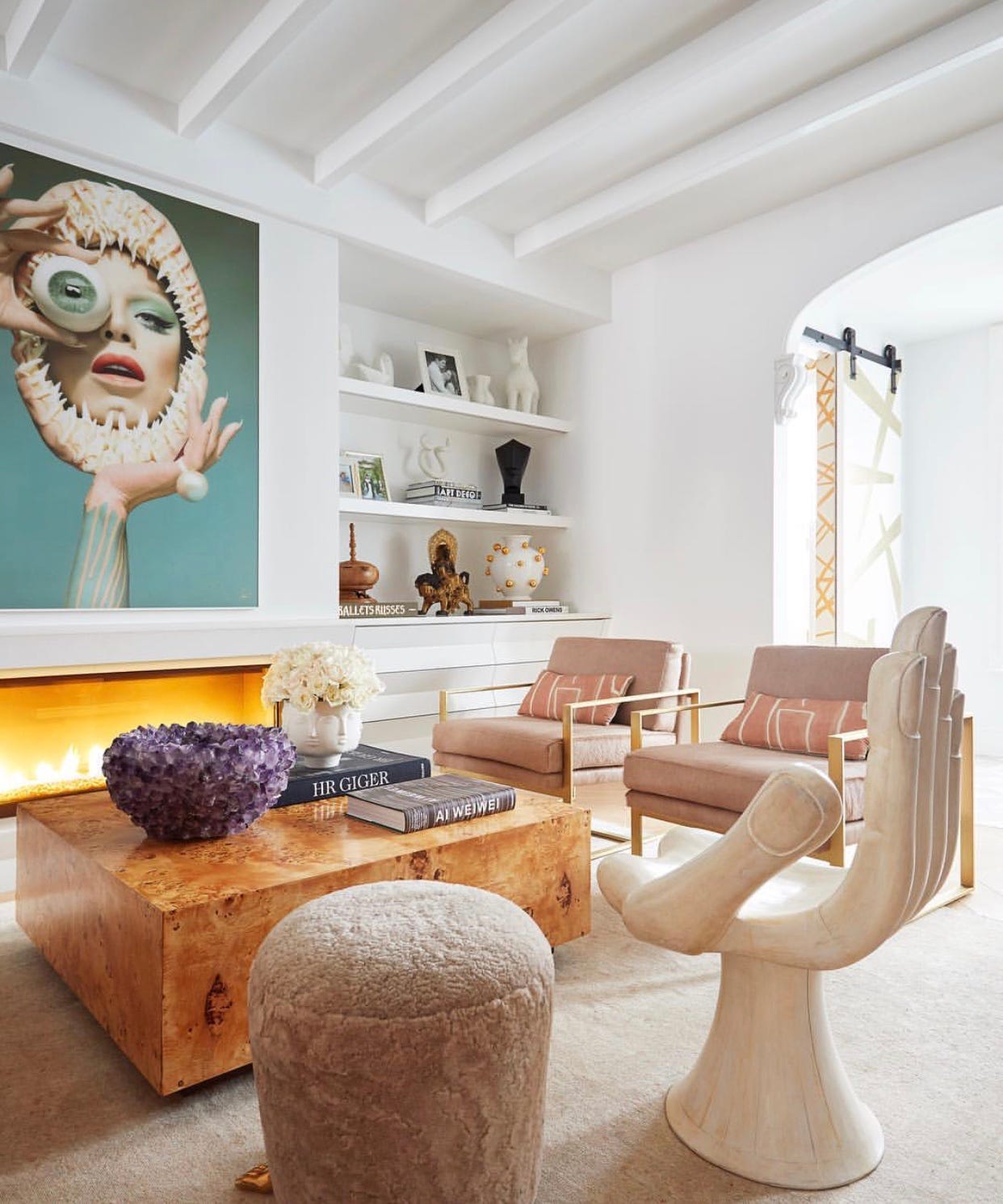
There's always been lousy design. But before, it wasn't photographed, filtered, and served to you as aspirational content. Social media makes it harder to separate good from bad, meaningful from empty. Once, we trusted shelter magazines and trained designers. Now, credibility is mediated by the algorithm. And that algorithm is driven by what sells, not by what lasts.
Still, it's not all bad. In fact, design history has never been more accessible. You can research, explore, and build a reference library from your phone. The problem is not with the tools themselves. But with how we use them. And here's the thing: good design still takes time. It always has. It requires effort. Intention. And a willingness to dig deep.
Clawing Our Way Back To Taste
So, how do you develop a personal style in a world of influence? You can't avoid influence entirely—nor should you. Great designers have always referenced history, precedent, and each other (I wrote about my thoughts and hangups about originality here). What matters is how you engage with the references. Figure out why you love a space. What makes it work? Break it down. Sit with it. Write about it. Ask yourself questions. What lights you up? How do you want to live?
When used intentionally, references should help you establish your unique point of view. To quote Julia Cameron again, "It is the accurate mapping of our own creative interests that invites the term original." To design a room that is alive, one with a soul, you need to know who you are. And to know that, you have to pause long enough to look inward.
This process is antithetical to how we consume design content today, quickly scrolling and pinning things into vague folders. It is easier with books and magazines; they slow you down. The digital encourages speed, making it easier to surrender to the algorithm. It's a lot of work to resist the mindless scroll. However, Pinterest, when used intentionally, can still be a beautiful tool.
A good Pinterest habit is a mix of open exploration and focused curiosity. Train your feed to reflect your interests. Seek out the weird stuff. Go down rabbit holes. Pinterest is more pliable than Instagram. It rewards curiosity over performance. (Don't ask me about TikTok—I don't use or understand it. Someone else can write that essay.)These platforms are just tools. They can enhance creativity, but they'll never replace it.

The Best Design
Personally, I love the weird corners of Pinterest. My feed is full of fish with feet, iron snails, painted ceilings, and standard poodles. But weird has to be done right. Design that's weird for the sake of virality is performative. But strange beauty that comes from depth? From inner reflection? That sticks. That grabs. That's where the magic is.
The best design will always be deeply personal. A mix of references that represent the person who lives there. An understanding of history and an exploration of materials. Good design is led by taste, and taste takes time to develop. Good design is timeless, even if it is firmly rooted in a design period or super niche. Timelessness comes from authenticity, intentionality, and internal understanding.
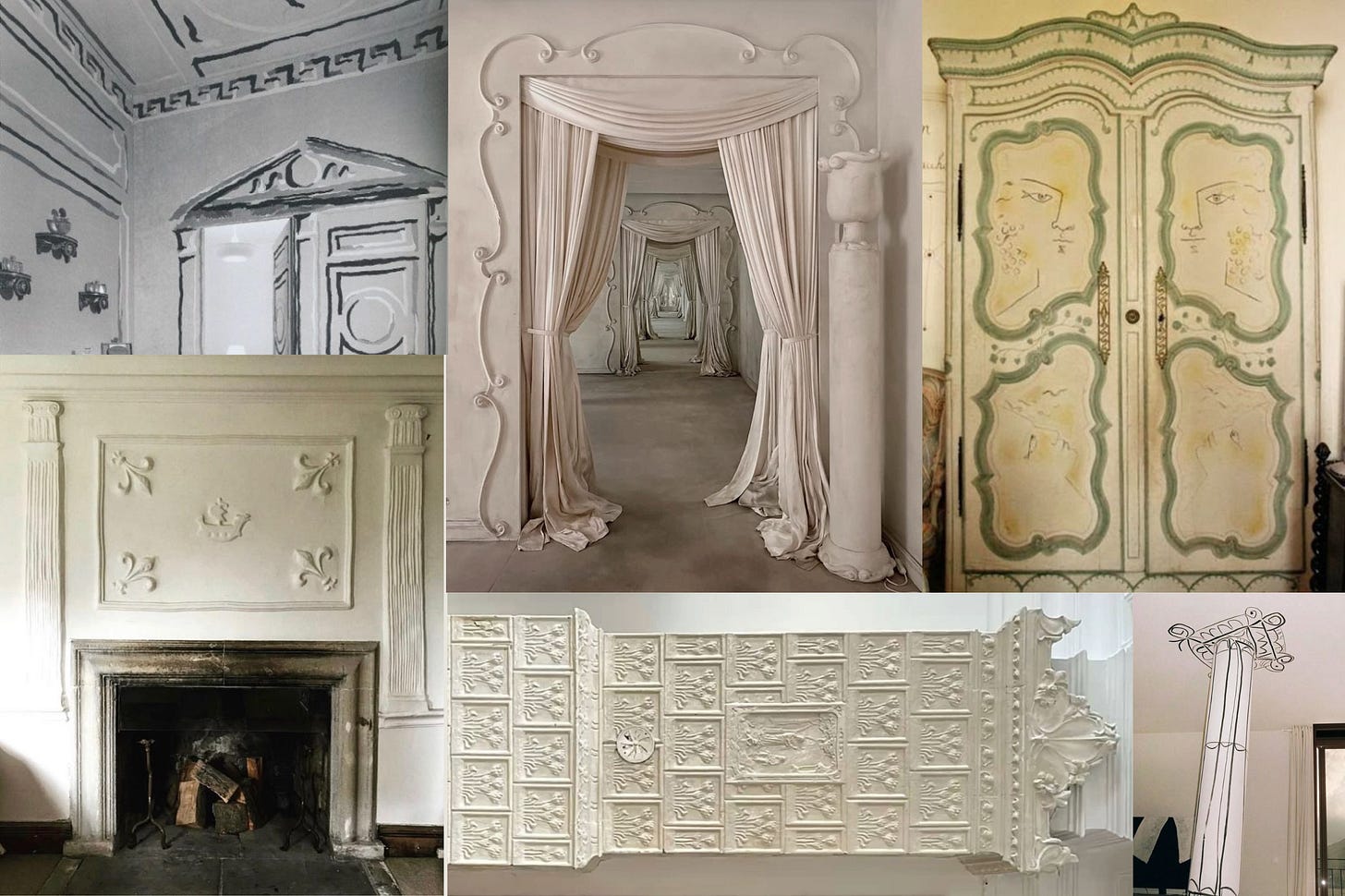
The best design is always deeply personal. A layered mix of references, rooted in history, filtered through a well-trained eye. Taste takes time to develop. A sense of timelessness comes from authenticity, intentionality, and a deep understanding of form, function, and feeling. Your home should reflect who you are and represent your life story (easier said than done; I wrote about that here).
So here's my advice. Get weird. Move slowly. Scroll with purpose. Read. Wander. PAY ATTENTION. Pay attention to the world—its colors, textures, and form. Pay attention to what lights you up and the way that you live. Great design is born from a selective eye—trained to see beauty, judge merit, and understand story. To train your eye, you must pay attention. To trust your instincts, you must know yourself. Dig deep, look inside, and have fun. It's not that serious.
And now for some LES news…
Our Mother’s Day gift guide is live!
I stumbled upon this article when thinking up content for Mother's Day, and I just about died laughing. It is a hilariously honest take on what actually happens on Mother’s Day morning—the spilled milk, the questionable toast, the enthusiastic but chaotic love from tiny humans who somehow manage to make everything sticky.
But it got me thinking... What would my ideal Mother's Day morning look like…
Now picture this: it’s Mother’s Day morning, sunlight streaming through linen curtains, and the pitter-patter of tiny feet gently awakens you. Moments later, a vintage sterling silver tray appears, delicately balancing a breakfast worthy of a Michelin star—perhaps soft scrambled eggs with crème fraîche, a buttery croissant, hand-squeezed orange juice in handblown stemware. All served on whimsically elegant plates, of course. Your loving children, angelic in their footie pajamas, shower you with praise, artfully scribbled cards, and affectionate snuggles, allowing you to linger in bed all morning with your coffee and a novel. It’s serene, tasteful, utterly indulgent—the kind of breakfast that could make even the most seasoned butler weep.

Now, let’s be honest. The reality might skew more toward a slightly soggy bowl of Cheerios with a banana hacked into uneven slices and—what’s this?—a Lego surprise on the side. Your kids crawl into bed with you and request Bluey, and minutes later, the tray is spilled, and you get a foot to the face. But that’s the magic of motherhood, isn’t it? Chaos wrapped in love. And even if the menu leans cereal-forward, at least that bowl can be beautiful. Enter our Ribbon Collection: charming, durable, and elevated enough to make your Mother’s Day morning feel special (even as you’re picking cereal from your sheets).
Thanks to Nicole and Naomi for modeling. They were paid in pastries from Miolin Bakery in Park Slope (and yes it is as good as it looks).
And one more thing to note. Our Archive Sale starts tomorrow and lasts for one week only! Up to 65% off a selection of special works from our collection! Make sure you are subscribed to the notification!
That’s all for today! Thanks for reading!
If you liked this, please share it with a friend, leave a comment, and subscribe! For more creativity, you can follow us on IG and explore years of art and design articles on the LES Journal
Keep Reading…
Is It Impossible To Design An Authentic Home?
How do we create a home that feels like an authentic reflection of who we are inside? Asking for a friend. J.K.—asking for myself. It's a deep insecurity of mine that my home doesn't feel like an actual portal into the depths of my soul. Facilitating authentic design is, after all, what I do for a living. Our mission at
Thoughts on Originality
"It is the ego's demand that our work be totally original– as if such a thing were possible."






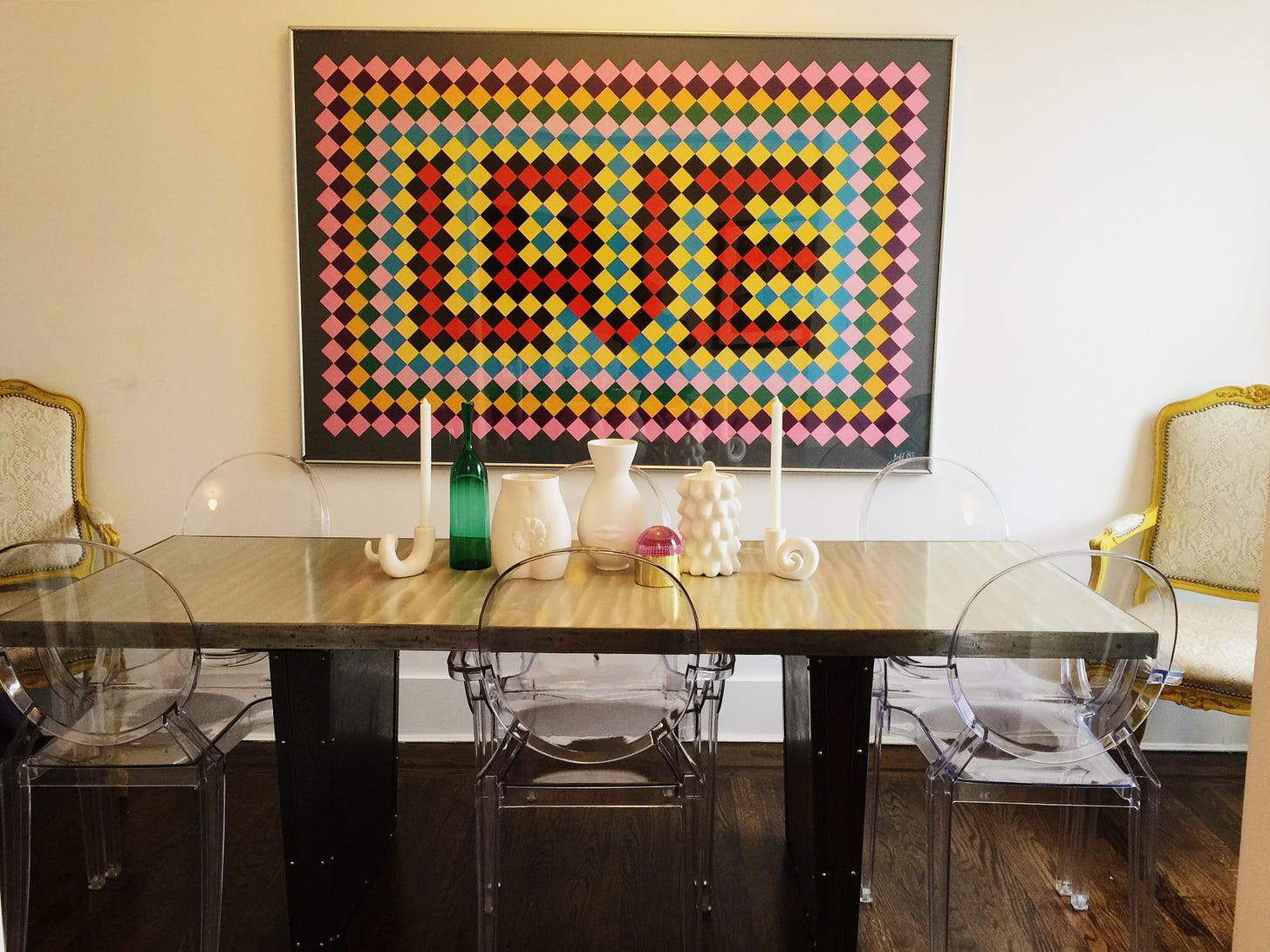
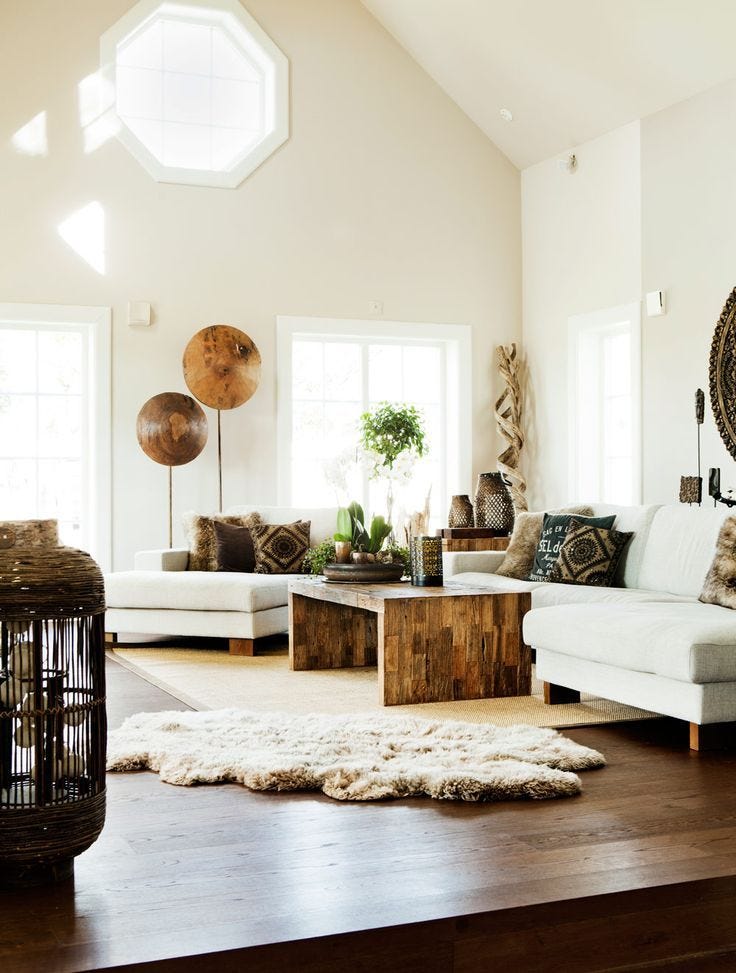
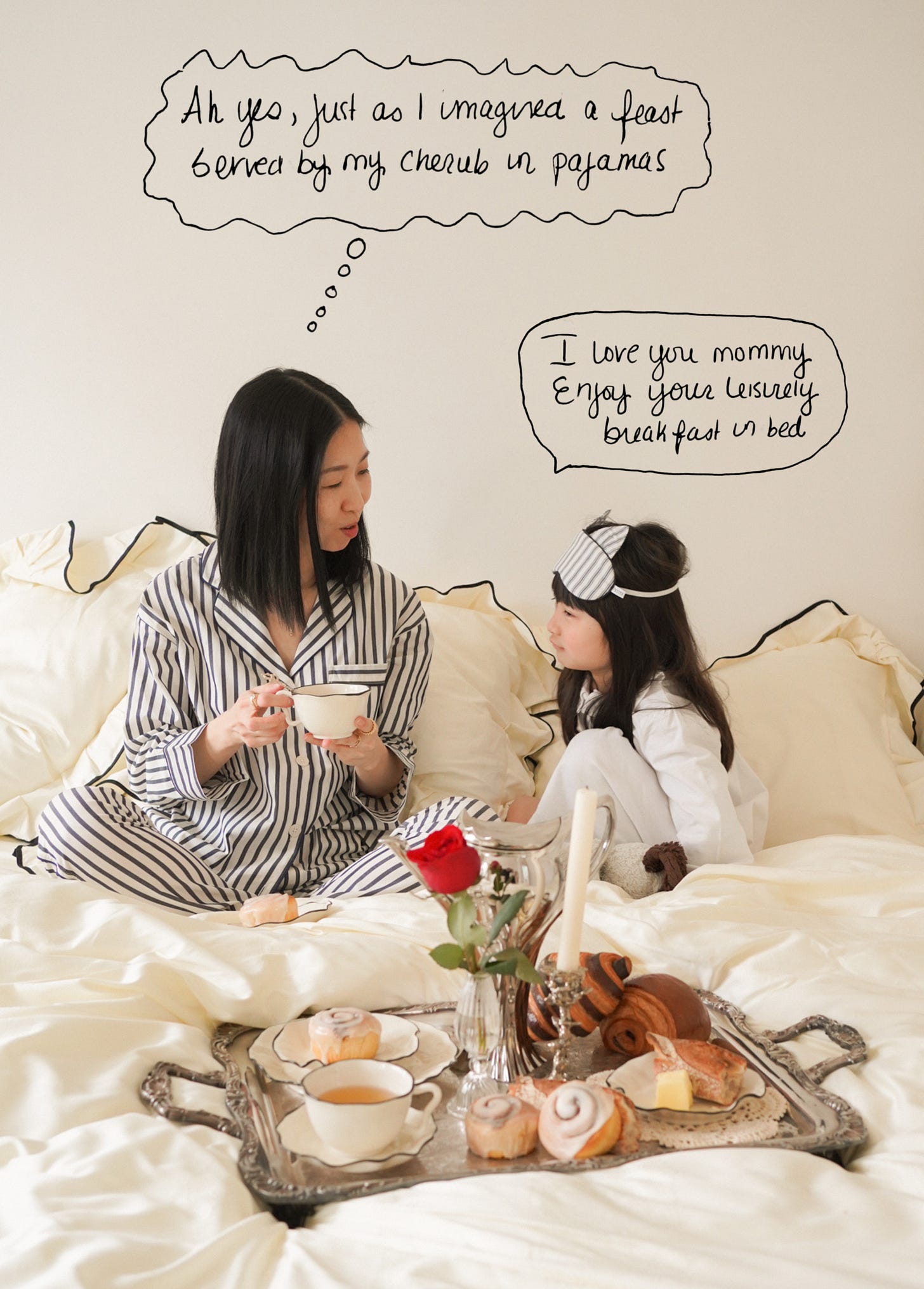


I love that I stumbled across your writing and truly couldn't stop reading. This is all so well articulated. I laughed out loud at "country meets target aisle"😂
That ladder in the kitchen was not useless!